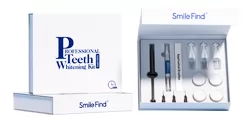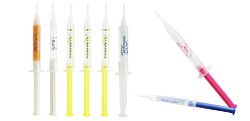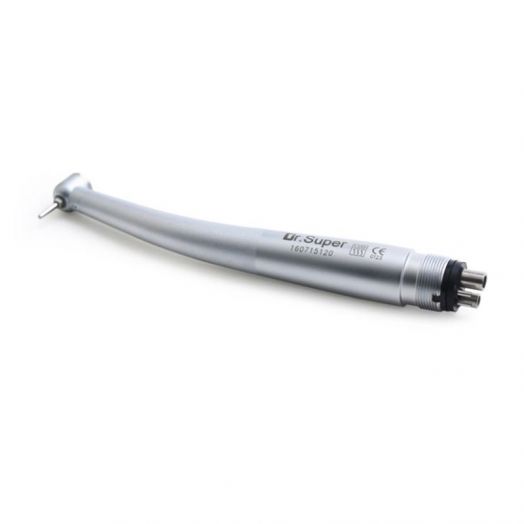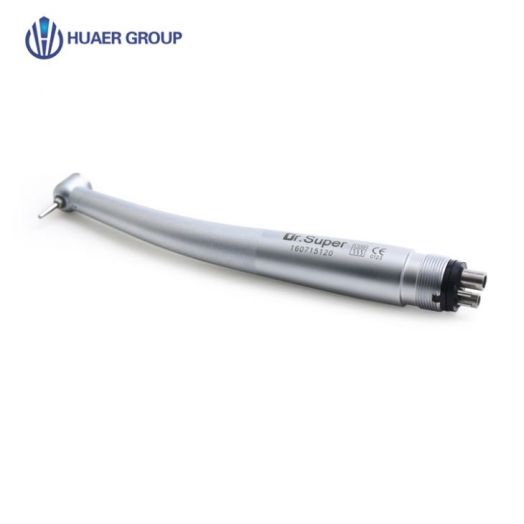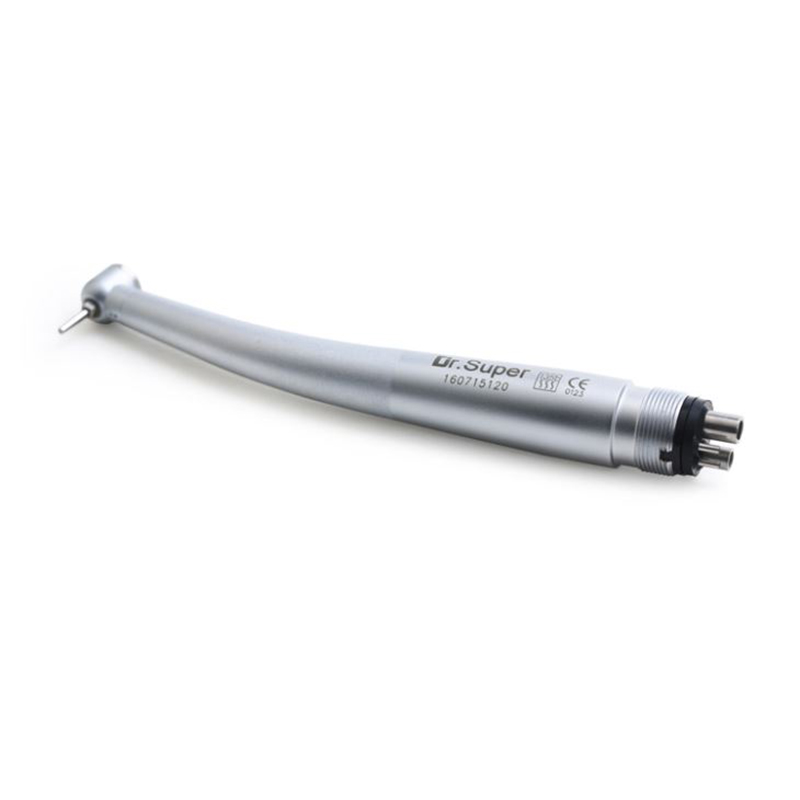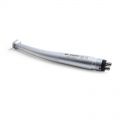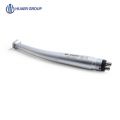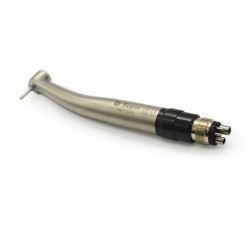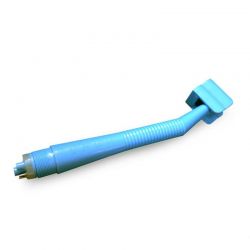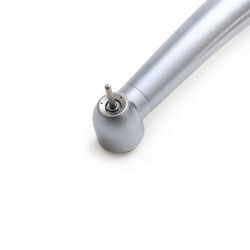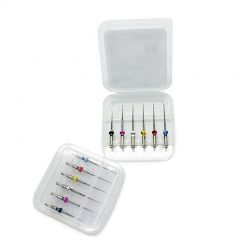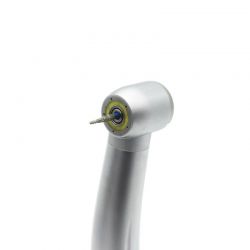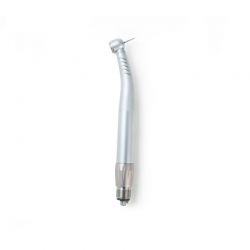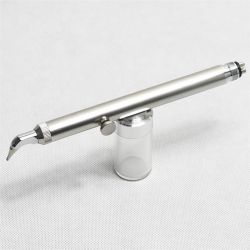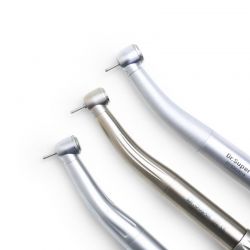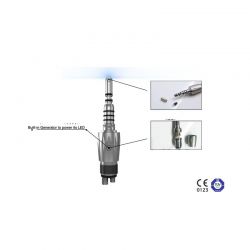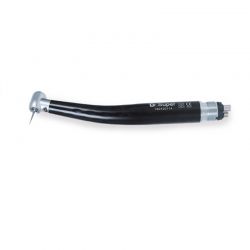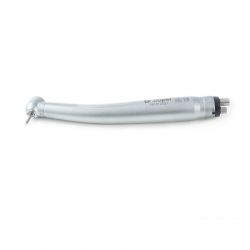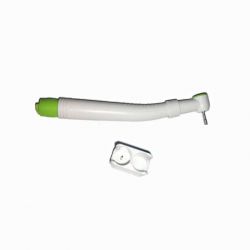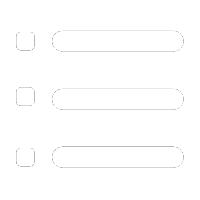Children Use High Speed Handpiece
Professional children use high speed handpieces are specially developed for the treatment of patients with smaller mouths. The smaller heads are designed for patients with smaller mouths, reducing visual field blockage and making dentists more convenient to work.
Product Details
Dr.Super Children Use High Speed Handpiece
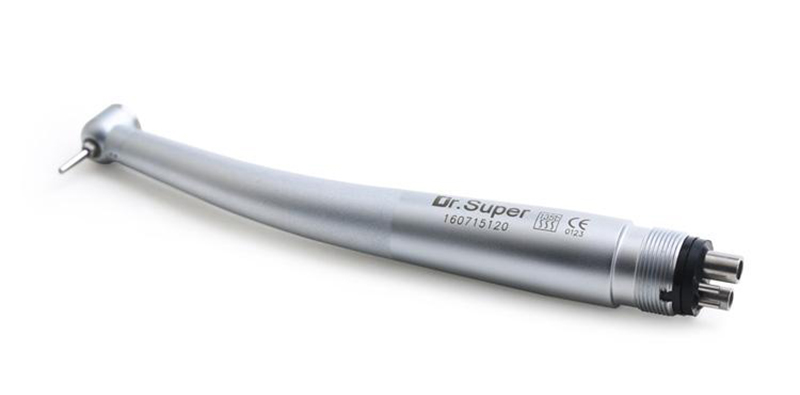
----Dedicated small head combined with dedicated drill to better serve patients with small mouth
----Taking into account the dentist's occupational health issues, designing this lightweight, ergonomic children use high speed handpiece will reduce the health problems faced by dentists holding hand-held dental instruments for a long time.
----low noise reduce the dental professionals hearing loss especially those who proximity to high-speed handpiece noise over a career. And lower noise can also make patient more comfort to relieves.
Technical Data
| Operation Air Pressure | 0.25-0.30MPa(0.25MPa preferred) |
| Rotor Speed | ≥350(krpm)for Standard head; ≥280 (krpm) for torque head |
| Grip Power | 25-45N |
| Water Pressure | 0.2Mpa (2Kgf) |
| Water flow | 90(min/ml)-110(min/ml) |
| Temperature | 3500(K)-4000(K) |
| Spray | Single spray |
Standard Features
1. Closed cartridge protect of bearing and extend lifespan, lower noise.
2. Anti-retraction function design, protect patients from cross infection.
3. 135℃ autoclavable for the children use high speed handpiece.
4. Imported bearings, excellent internal quality and structure, resulting in outstanding performance
Recommendation
The handpiece is an incredibly sophisticated device that requires a diligent maintenance protocol to keep it running properly and safely. There are a number of common maintenance mistakes that should be avoided:
1. Using a chemical wipe down on a handpiece before sterilizing: this is not only redundant, it may multiply harmful reactions when the handpiece is subjected to heat.
2. Using an ultrasonic cleaner or solution: except for immersion in a cleaning solution offered by the handpiece manufacturer, handpieces should never be immersed in any fluids.
3. Lubricating in the wrong hole–The drive air line leads directly to the turbine; other orifices such as exhaust and water do not. If you are using a liquid oil applicator on a swivel-type handpiece, it is critical that you deliver oil to the correct internal opening.
4. Using an incorrect lube applicator – Make sure the spray tip fits the handpiece quick-disconnect correctly.
5. Not applying enough lubricant – Sometimes the staff is directed not to overspray oil into the handpiece, to reduce excess residue; however, it is important to ensure that oil is getting to the bearings, by seeing oil leave the head.
6. Leaving the bur in the chuck during autoclaving – When a bur is held in an autochuck, the springs are compressed. Subjecting any spring to heat and corrosion under tension will weaken it and shorten the life. Leaving a bur in a manual chuck leads to buildup of debris in the chuck and increased difficulty of operation.
After-sale Warranty
We guaranty each handpiece will be tested strictly before ship to clients. And we promise to repair each handpiece if it’s faulty.
Related Products
Certification
Inquire Us Now






